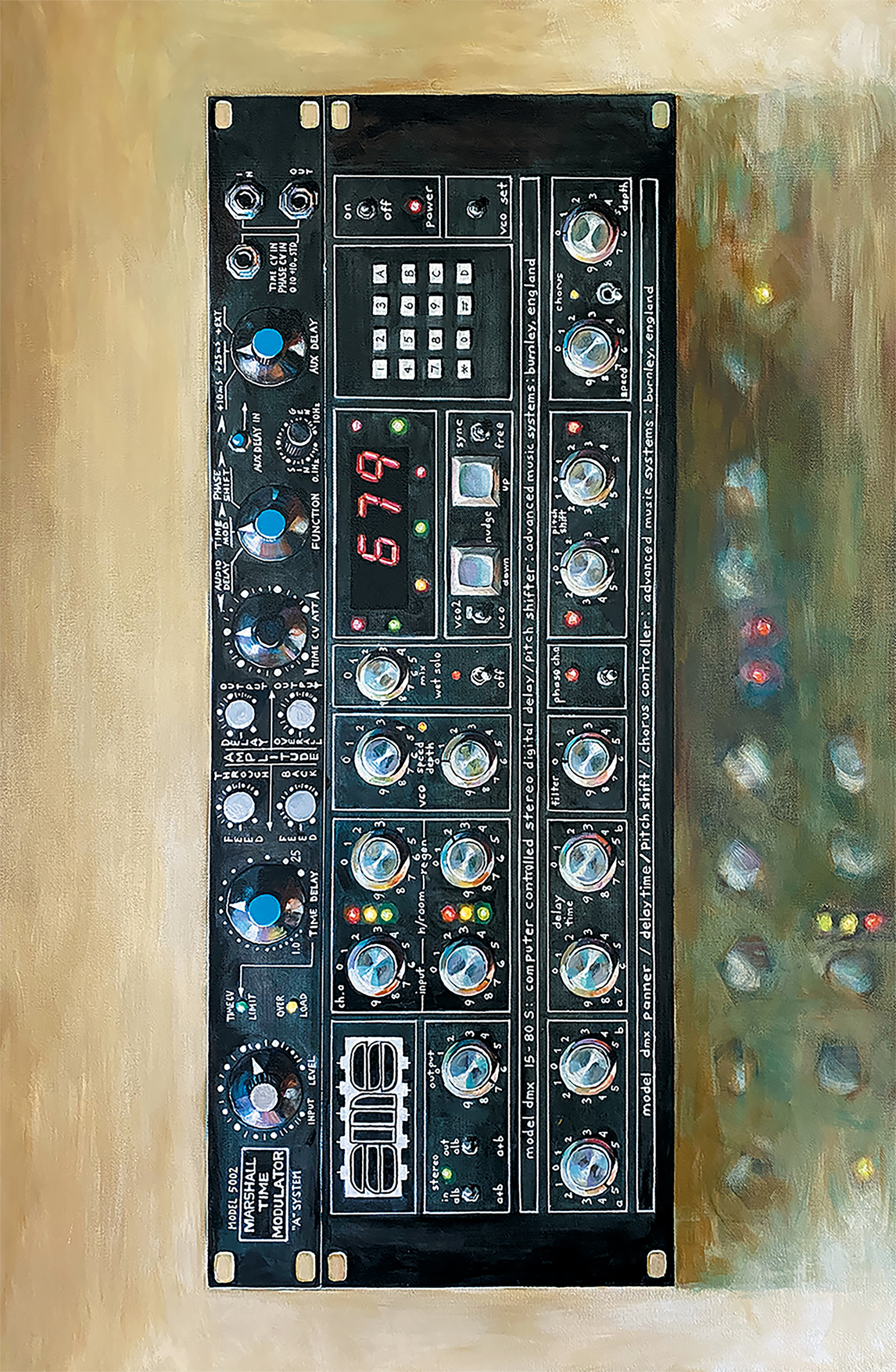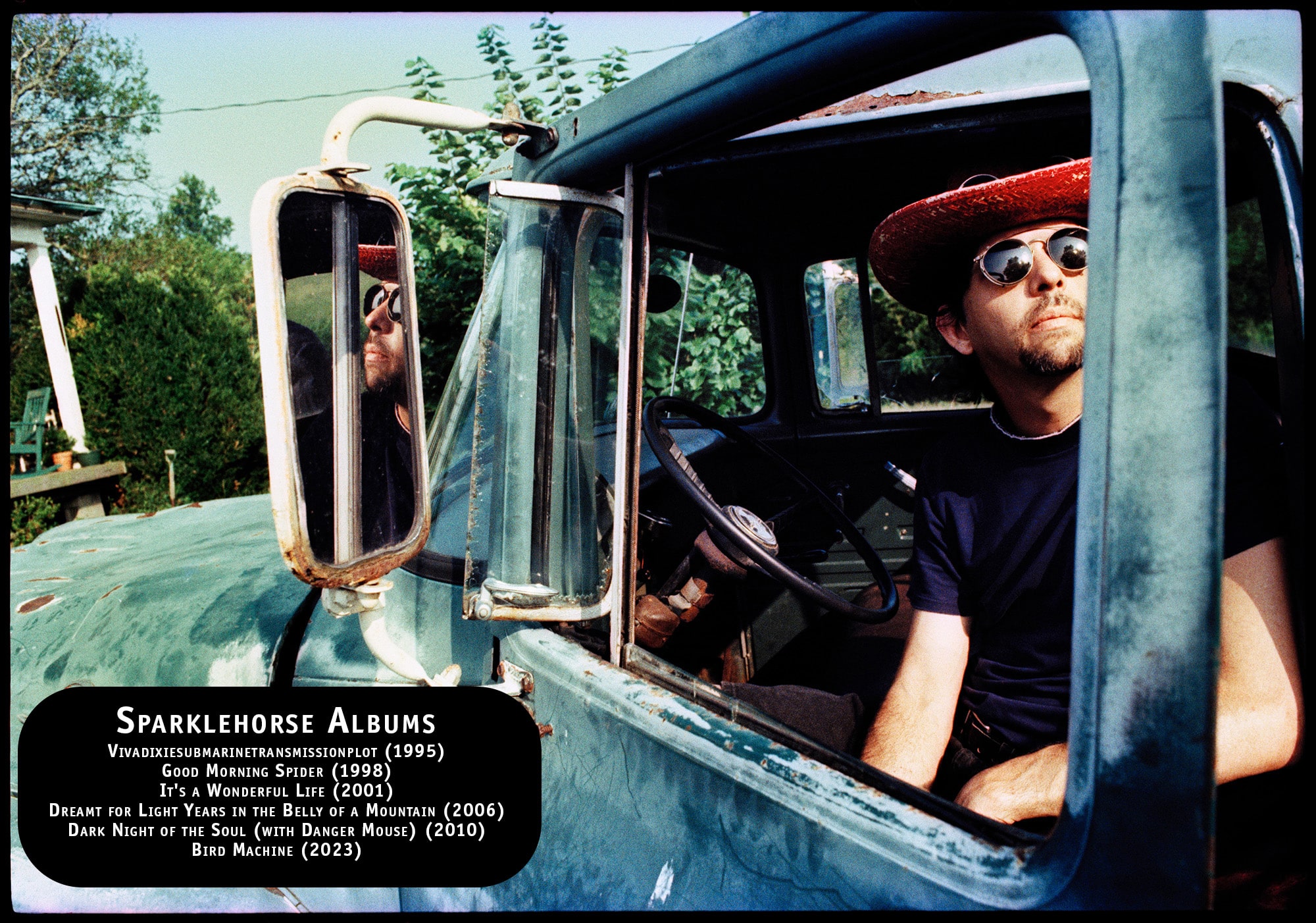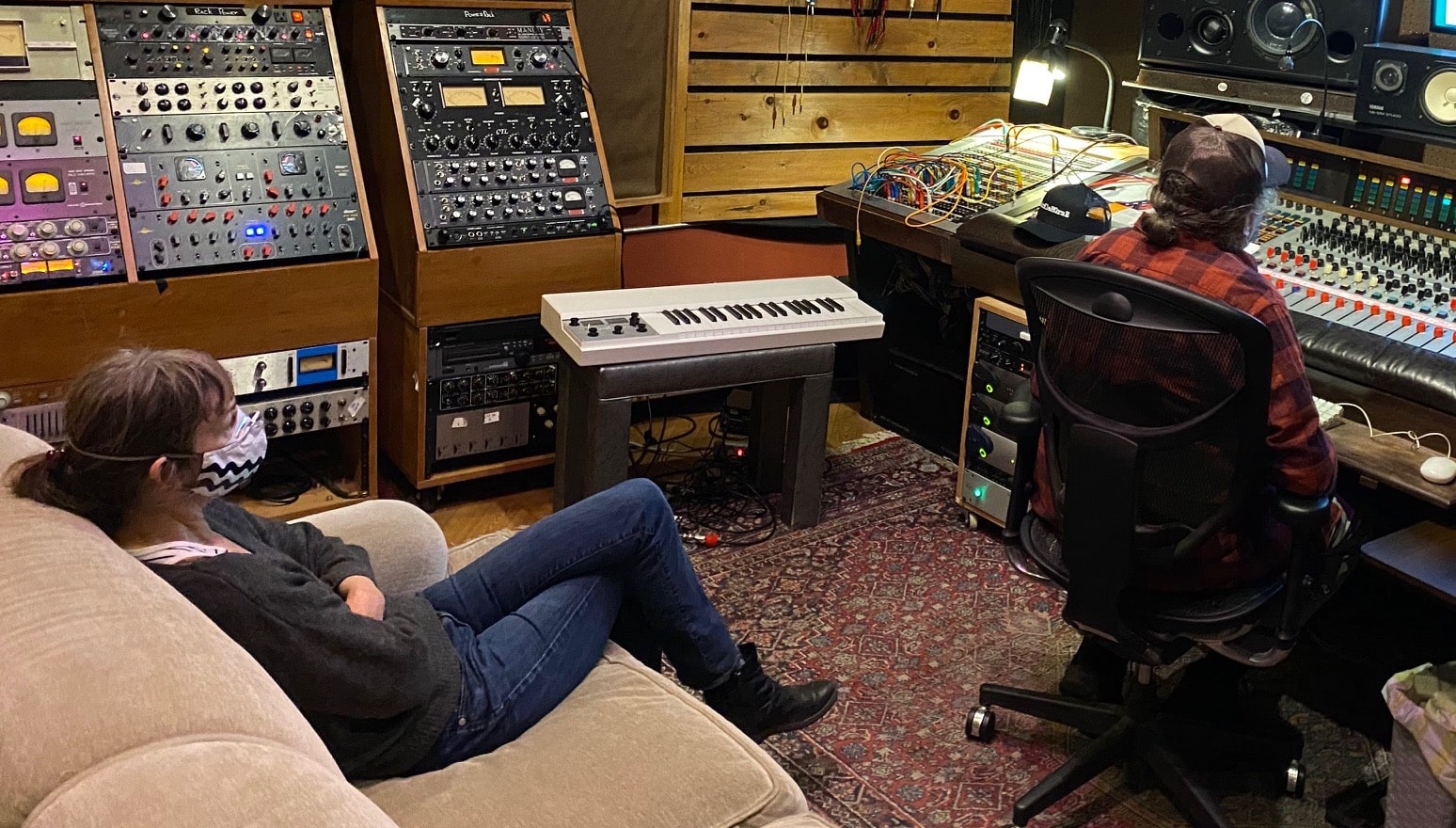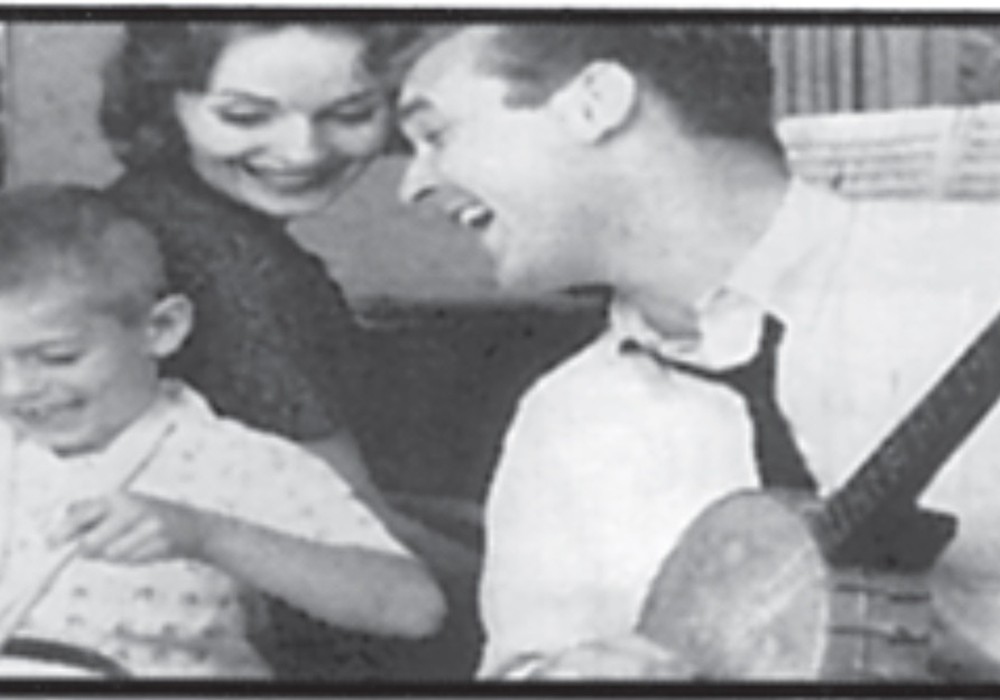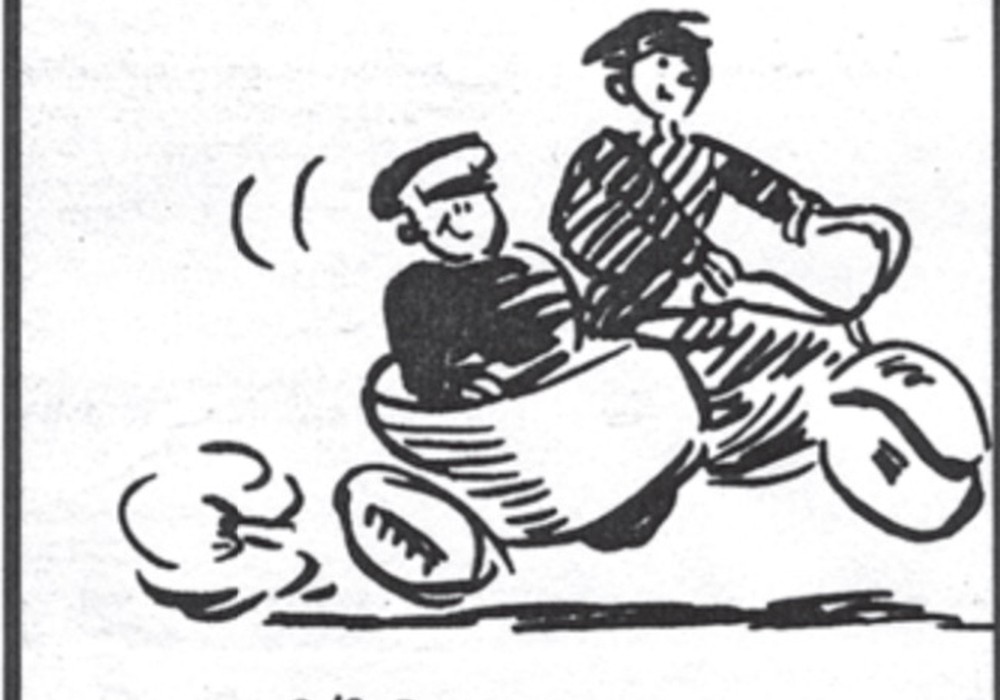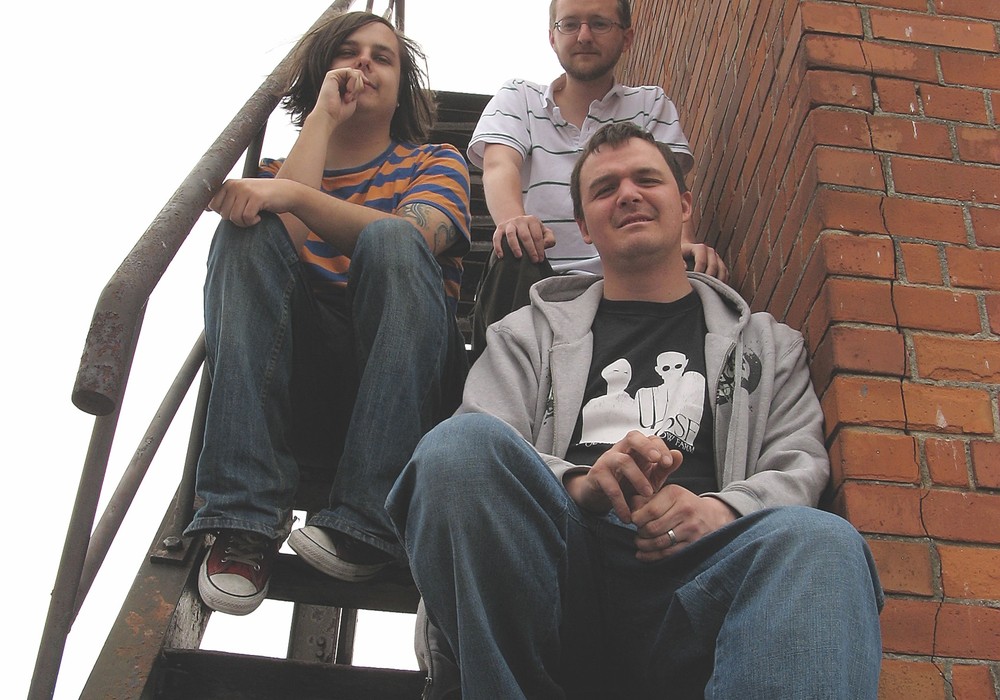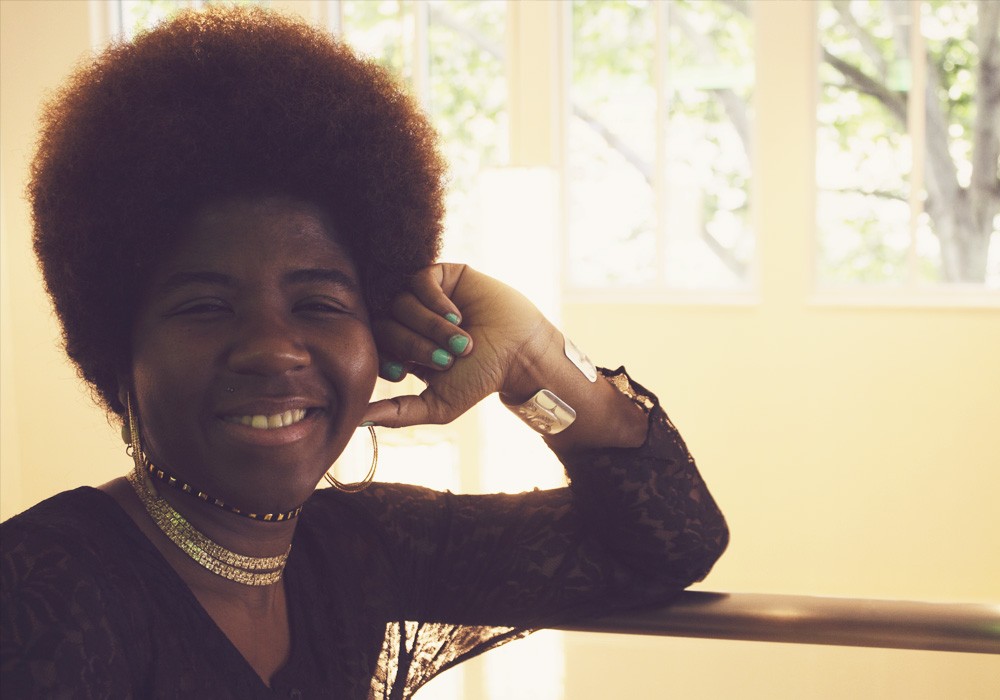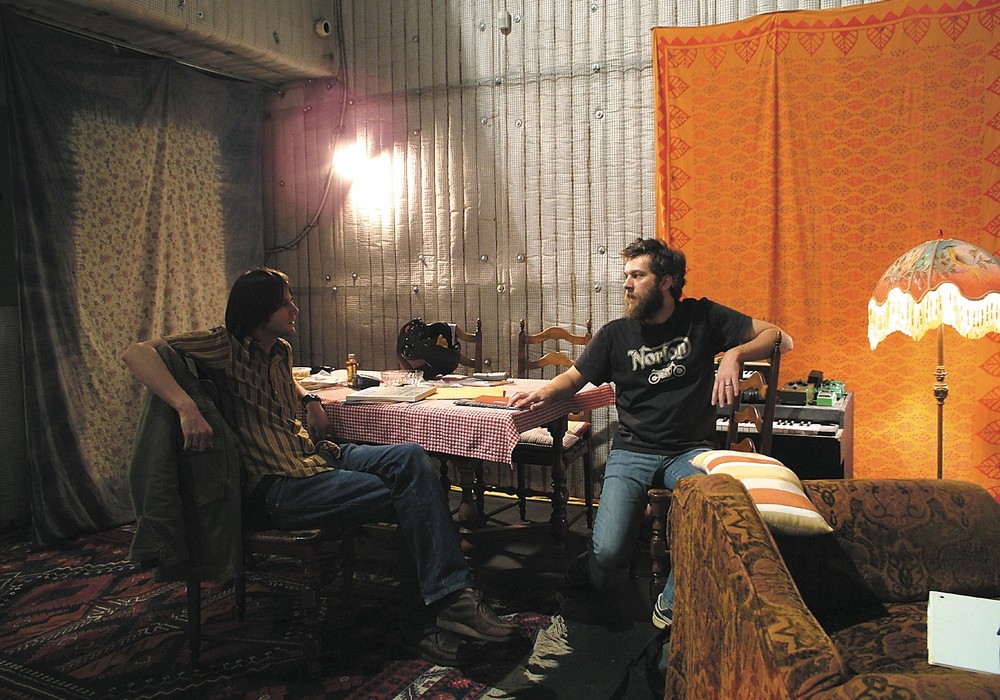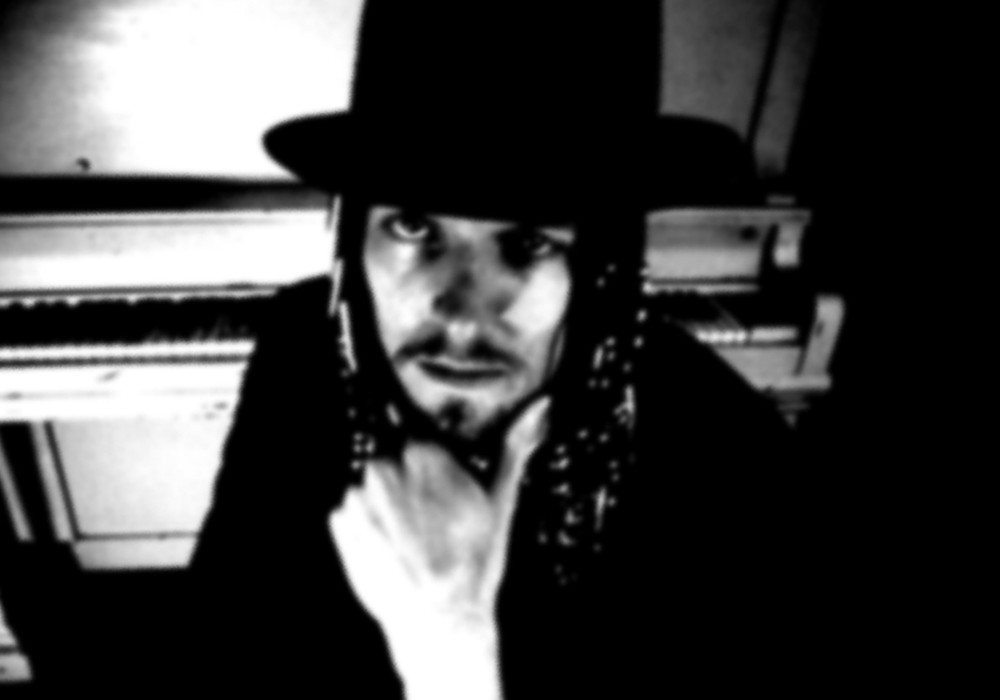It's been a sad 13 years since the passing of Mark Linkous, the visionary behind the group Sparklehorse. In issue #12 of Tape Op, way back in 1999, writer Adam Selzer caught up with Mark after a move, and found him wiring up his personal studio, Static King. As Mark interestingly told Adam of his working methods, he was "in the context of a whole album, imagining the album is a galaxy and the songs are planets. Some of them don't orbit correctly and some of them are a little bit off axis."
After Mark passed, it took years for the dust to settle, but eventually Mark's brother, Matt Linkous, sister-in-law Melissa Moore Linkous, and a handful of friends and collaborators set out to archive Mark's recordings and assess the state of the album he was working on when he passed. With this release, Bird Machine, coming out this year, we all hopped on Zoom a couple of times to talk about Mark, his music, and the difficulty in finishing albums when the artist, brother, and friend is no longer with us.
ARCHIVING
Matt Linkous: Archiving was just something that had to be done. Mark recorded on so many different devices. Different types of cassette tapes, microcassette tapes, Hi8 tapes, [iZ Technology] RADAR, and 2-inch tape. There was quite a bit. Mark did a lot of work in his home studio all the time, from the moment he borrowed David Lowery’s [Camper Van Beethoven, Cracker] 4-track all the way up until the last record that he was working on. He would record on anything, from cassette to RADAR. He wasn’t stuck on one format.
Bryan Hoffa: He used a lot of microcassettes. Lots of skeletons of songs, like early ideas as he was working the song out. Matt had started talking to me quite a while ago, maybe 2014, about planting the idea of doing this archive work, although it wasn’t greenlighted for a while. He wanted to see how my schedule was and if I would be up for it. It gave me some time to get gear together to be able to play some of the formats.
ML: There were Hi8 tapes and different songs in the same sections, where Mark would only record, like, 8 tracks on one. But we were working off the same takes that were 24 tracks. Do you remember that part?
BH: Yeah. There was quite a bit of that. On a few DTRS [digital tape recording session] tapes, there would be tracks 1 through 12 from one song, and then he found some clean tape to use for something different that would be overlapping. Creating a cue sheet, putting markers in, and making rough mixes was a bit of a challenge to work around that. We had to make sure that we heard everything. We didn’t just want to go, "Oh, this is all part of that." We really wanted to pull out as much from the songs as we could. This project was something that Matt totally spearheaded. Matt and his wife, Melissa, had a big box of tapes and different media. It was fairly well-organized, because Melissa had a handwritten inventory of everything. She even numbered each tape and made a photocopy of it.
MML: He labeled his cassettes and his tapes.
Bryan, did you do all of the technical archiving work then? All the playback and capture?
BH: Exactly. I’ve been doing sound archiving for the last 14 years, working at a cultural institution. This was not part of that at all, but Matt knew that I did that kind of work. Richmond is a great community. I used to work at Richmond's Sound of Music [Tape Op #150], as did Alan, going back to the late ‘90s. I’d been around the Sparklehorse tapes at the studio for years. I moved them from one storage location to another several times! I did some session work with Mark in the late ‘90s. I have a small home studio, and I was coming up with a plan to play this all back. One of the main formats was RADAR. Mark started out in his home studio, Static King, out in the country in Virginia doing [Tascam] DA-88 – DTRS. As Mark progressed through the records, he started utilizing RADAR, because RADAR was a format that we were using at Sound of Music at the time. It sounded great and works basically like a tape machine. Around ‘99 we switched over from 2-inch primarily to RADAR. We had one of those early RADAR IIs, the Otari-branded ones. Mark’s machine was a RADAR 24, the following generation. They had made some significant changes and it wasn’t compatible with the RADAR that I had access to. We ended...
